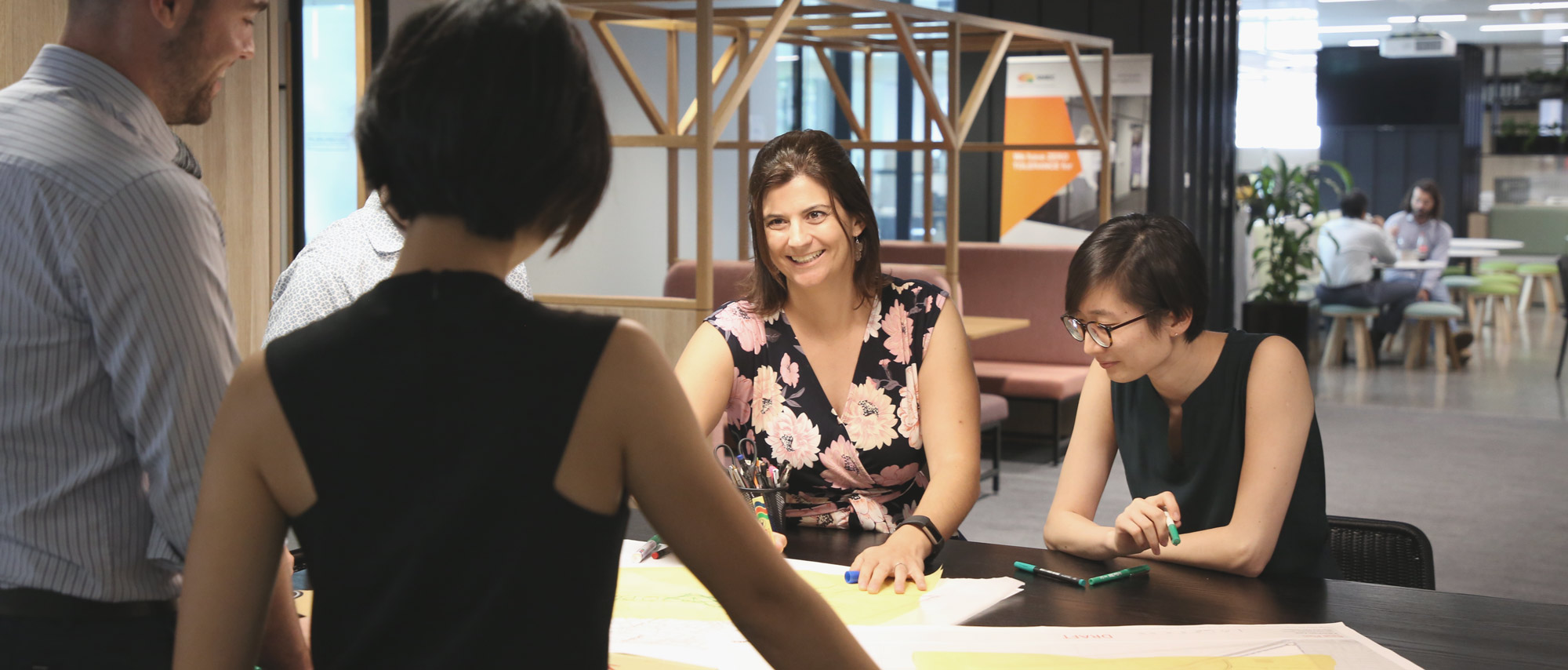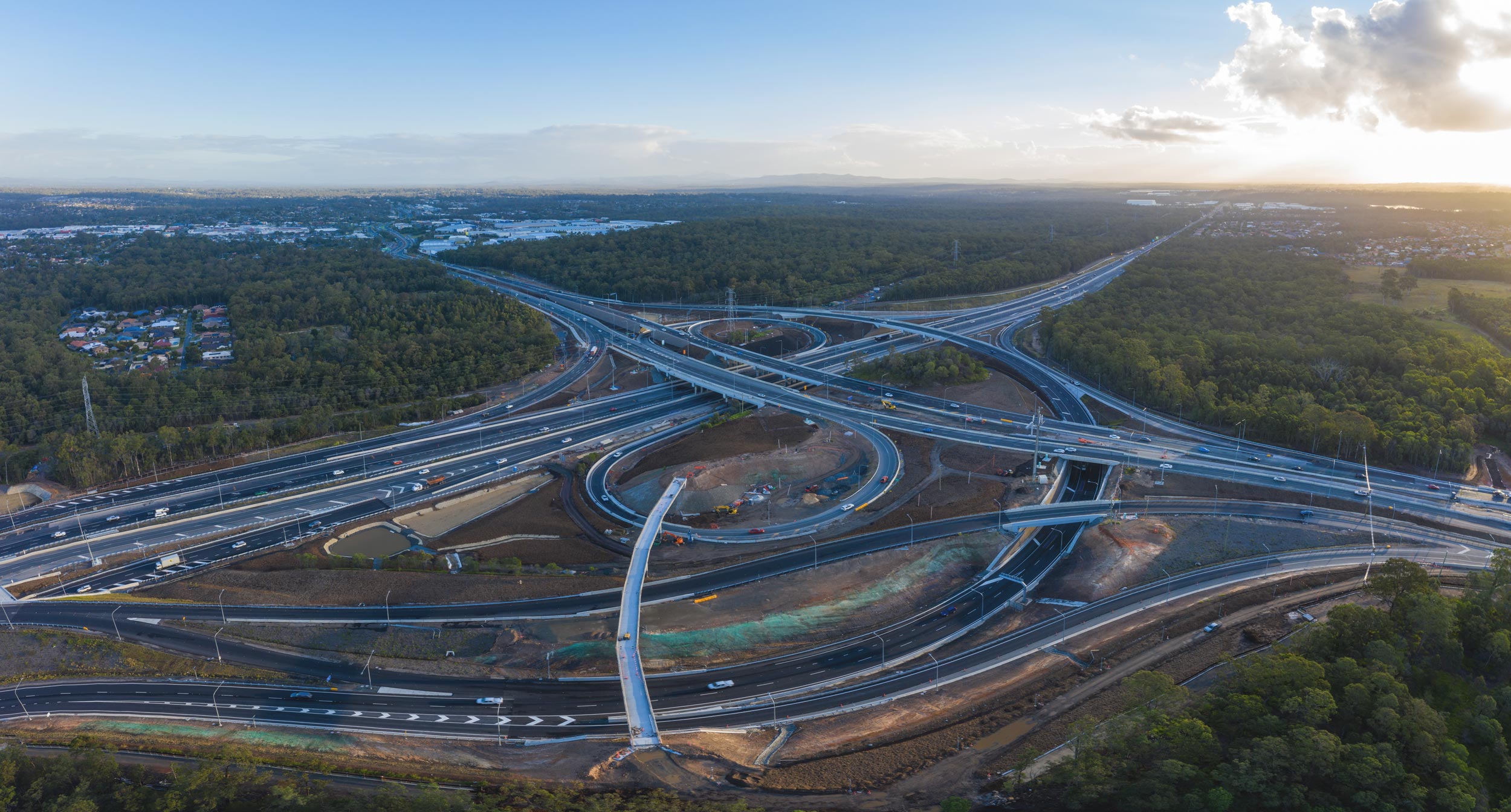
Diversity vs technology
The nature of the workplace, and mainstream work practices, have changed dramatically in the 70 years since our origins in 1949.
We currently operate in what is known as a VUCA environment – Volatile, Uncertain, Complex and Ambiguous. This is especially visible across the professional services sector, where people are key assets and the war for talent is relentlessly competitive.
The traditional employee-employer relationship is transforming. There could be a future where no firm has full time permanent employees. Instead, the relationship will be characterised as an experience-based exchange enabling short-term mutual benefit.
The digital workspace and tools for communication, collaboration and production mean most employees can work from a virtual office anywhere at any time. Individuals value digital real-estate just as much or even more than they do physical spaces, yet still require stability, structure and a framework to operate within. Centralised collaboration dashboards such as Microsoft Teams or Trello will assist with maintaining a team culture, with fast video conferencing and other technology becoming essential tools to connect individuals.
Looking ahead, I believe that one of the biggest challenges for SMEC and many other organisations will be supporting a broader generational mix within a technologically charged workplace environment.
We currently operate in what is known as a VUCA environment – Volatile, Uncertain, Complex and Ambiguous.
 Developing a virtual culture
Developing a virtual culture
Without team lunches and chats around the coffee machine, maintaining a virtual company culture can easily become dark science. Developing the equivalent of a virtual water cooler is a great place to start. At SMEC I have found an enterprise social network like Yammer is great for employee-generated announcements, updates and groups, coupled with Skype for real-time chats and conversations. These platforms help people to stay up to date with what is happening and help to build a culture of informal communication and genuine relationships.
Remote teams have to trust their teammates. Trust is a critical component of fostering collaboration and supporting high-performance teams. Establishing leads for projects and clarifying key deliverables allows employees to work autonomously, but with the purpose of knowing they are contributing to something bigger.
Reward and recognition
Recognition is an important part of any workplace and developing tailored reward propositions that resonate with specific employee groups and different generations can be overlooked. A recently published study by Mercer references shifting from ‘pay for time and output’ to a new chapter of ‘personalised rewards in exchange for a wide range of contributions’. Understanding your employee drivers is just as important as knowing your client drivers.
Employee experience
From onboarding through to performance reviews, the overall employee experience will increasingly become highly valued and needs to be seamless, enjoyable and consistent. This means not only using the latest technology platforms, operating systems, mobile devices and software, but also upskilling employees’ digital competencies, alongside increased access to online learning.
Recruiting, engaging and retaining a global workforce is a sometimes daunting but exciting and ever-shifting challenge. An inclusive and diverse workplace culture welcomes and thrives on different perspectives and ways of thinking, which in turn fosters greater creativity and a more innovative and broader range of solutions. The more diverse our workforce, the better chance we have of understanding and meeting the diverse needs of our clients.
Related
insights
 Celebrating Exceptional Careers: Dr Gamini Adikari
Celebrating Exceptional Careers: Dr Gamini Adikari
Across four continents and eight countries, Dr Gamini Adikari, Chief Technical Principal of Dam Safety at SMEC has had an exceptional and distinguished career.
 Enriching lives through The SMEC Foundation
Enriching lives through The SMEC Foundation
Knowing that the organisation you work for does something to help people in need is exciting. To know that, as an employee, you can make a contribution to that effort is a reward money can’t buy.
 Leading Sustainable Design for Major Infrastructure
Leading Sustainable Design for Major Infrastructure
Sustainability… it’s the goal for many of us in the world of design and engineering and a key consideration during the lifecycle of any major project.
 Studying the impact of AV and MaaS abroad with SMEC
Studying the impact of AV and MaaS abroad with SMEC
I’m a Traffic Engineering and Analytics enthusiast at the age of 25. I know that’s not a statement you hear every day but it’s true. Working to meet the needs of transport infrastructure in the future is an important job and something I am very proud to be part of.




